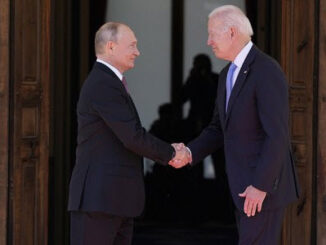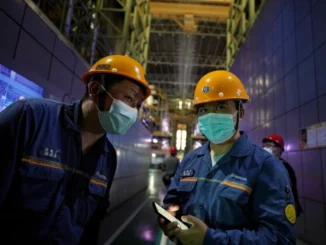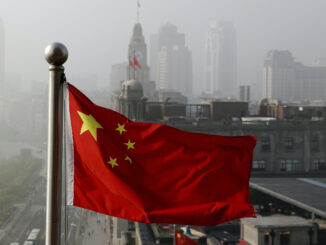
Note: LNG=liquefied natural gas. figure data
Since Russia’s full-scale invasion of Ukraine in February 2022, both Russia’s natural gas and coal exports have declined when compared with 2021. Russian exports to Europe have decreased most notably due to a mix of European sanctions and other policies aimed at reducing reliance on Russian energy. Russia has partially offset the decrease in natural gas and coal exports to European markets by increasing exports to Asia. However, pipeline and rail infrastructure to deliver natural gas and coal into Asia is less than the infrastructure capacity available for delivery into Europe, limiting the natural gas and coal exports that can be redirected without significant new infrastructure investments. For comparison, Russia has redirected crude oil and condensate exports from Europe to Asia with little new infrastructure.
Are you Paying High Taxes in New Jersey, New York, or California?
Natural gas exports
Although the EU has not directly sanctioned imports of Russia’s natural gas to its member states, other policies and economic factors reduced EU imports by more than two-thirds, from 14.7 billion cubic feet per day (Bcf/d) in 2020 to 4.4 Bcf/d in 2024.
Map of major pipelines for Russia’s natural gas (as of September 2025)

Note: Operable pipeline may represent pipelines that are temporarily closed or partially active.
Russia has been pursuing policies to increase infrastructure in the east for more than a decade. Construction of the Power of Siberia 1 pipeline began in 2014, and it is currently Russia’s primary route to supply natural gas to China. Since the Chinese segment of the pipeline was completed in December 2024, it has been running near its design capacity of 3.7 Bcf/d. The Power of Siberia 2 pipeline, if built, would source natural gas from western Siberia and connect natural gas fields that previously only served western Russia and Europe to consumers in eastern China. However, the project requires the construction of more than 2,000 miles of new pipelines, and China and Russia have so far not agreed on terms for the project despite years of discussions.
Coal exports
Note: figure data
From 2020 to 2024, Russia’s coal exports to Europe decreased by more than half. In 2020, Europe received 32% of Russia’s coal exports; Germany, Türkiye, and the Netherlands received the largest shares. By 2024, Europe accounted for only 13% of Russia’s coal exports, almost all of which went to Türkiye, which is not an EU member. The shift away from European markets corresponds with EU sanctions that went into full effect in August 2022 and increased coal exports from the United States to Europe.
Russia offset the decreased coal exports to European markets by increasing coal exports to Asia, mainly to China, India, and South Korea. China has been Russia’s primary recipient of coal exports since 2020, and slightly more than half of Russia’s total coal exports in 2024 went to China. Russia’s exports to India have also increased in recent years, from about 9.1 million short tons (MMst) in 2020 to about 24.8 MMst in 2024. India has been increasing its total coal imports since 2021, largely to meet growing electric power demand.
Russia’s total coal exports are still lower than they were prior to the full-scale invasion of Ukraine. Exports fell 9% from 2020 to 2022, and another 13% from 2022 to 2024. Russia primarily exports coal by rail. With less coal going to Europe, Russia’s coal-producing regions are using the country’s limited eastbound rail infrastructure to send coal to Asian markets. The increased volumes on these railways has caused congestion and delays.
Principal contributors: Hilary Hooper, Justine Barden
Avoid Paying Taxes in 2025
Crude Oil, LNG, Jet Fuel price quote
ENB Top News
ENB
Energy Dashboard
ENB Podcast
ENB Substack








